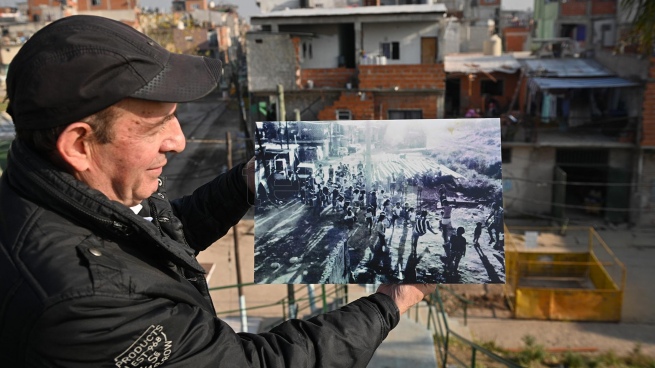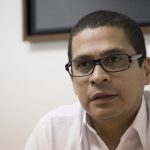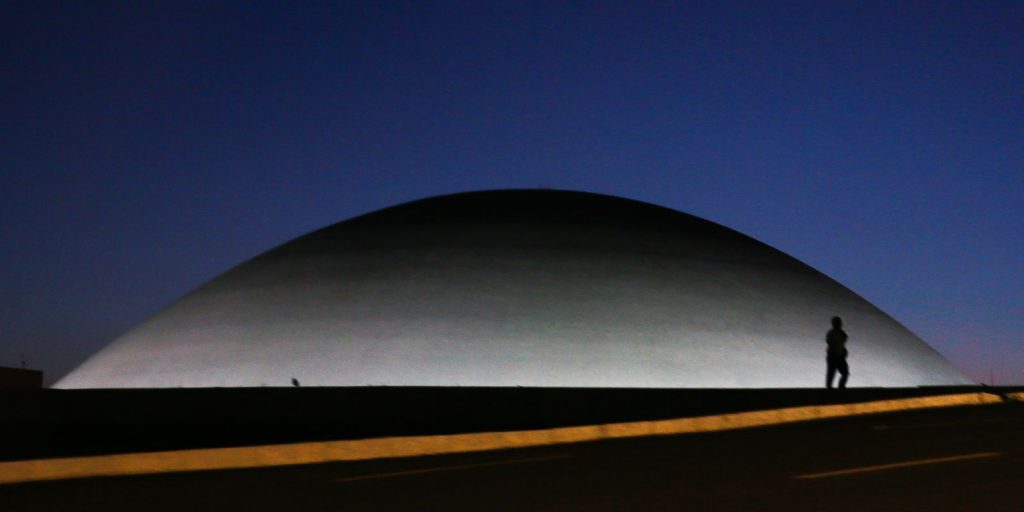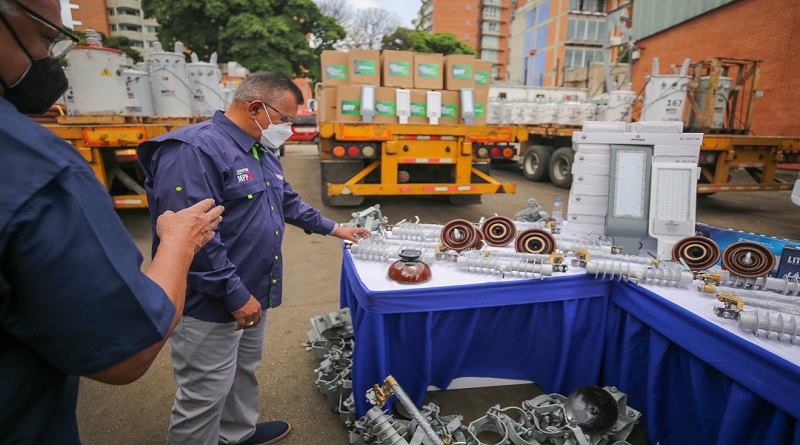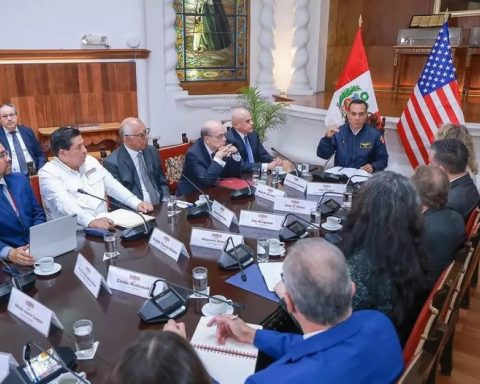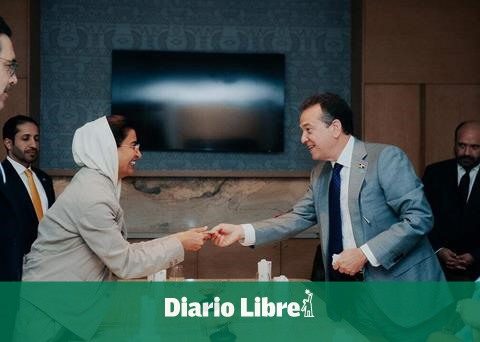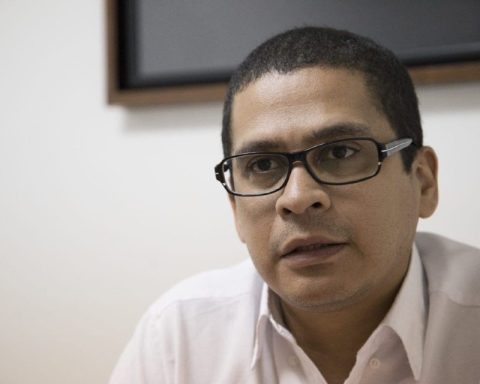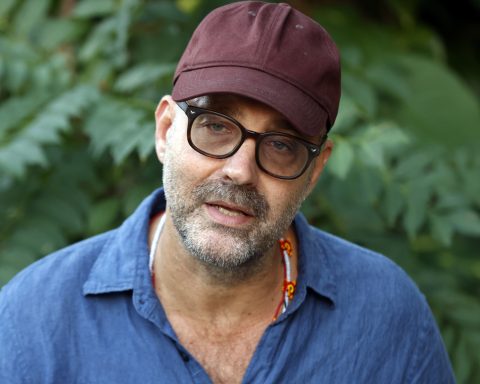Reconstructing the history of the neighborhood from the voices, for the first time, of its own neighbors is the objective of the Archive of Popular Memory (AMP) of Villa 20, in Lugano, which since 2018 has been dedicated to the search, digitization and conservation of historical documents of its territory.
Consulted by Telam in the framework of International Archives Daywhich is commemorated this Thursday, neighbors who are members of the project and those who coordinate it highlighted the opportunity that the history and memory of the neighborhood represents for the construction, which they estimate has about 40,000 inhabitants.
“The archive is very important to never forget our roots,” said Roberto “Ruso” Díaz (63), who has lived in Villa Lugano since he was very young and was one of the first to join this project “very hopefully.”
It was Roberto who contributed one of the great “treasures” of this popular archive: a photo of a women’s soccer match organized in Lugano in 1964, in which his mother and aunt participated, and which resulted in an “iconic” moment remembered by the neighborhood.

“It was an incredible moment. Through word of mouth, a lot of people came and as the game progressed more people kept arriving, until the field was already a corridor”the neighbor recalled.
And he added: “It was a total novelty, there is almost no history of such a party in Capital (Federal).”
Recently declared of cultural interest by the Legislature of the City of Buenos Aires, the AMP project emerged in 2018 within the framework of a film and memory workshop promoted by Ariel Nahón, Yaela Gottlieb and Julieta Fradkin, dedicated to the field of art and culture.
“I think it’s great that people know, more than anything the youth, that the neighborhood was born more than 50 years ago and that it has a whole history”Silvia, neighbor of Barrio 21
“In general, the history of the villas is told from the outside, by sociologists, anthropologists or historians who do research work in the neighborhoods, but later the writing takes place outside of it,” explained Nahón.
And followed: “With this project, the idea is to recover here the history and the present of the neighborhood, within the framework of the redevelopment process that is producing very crucial transformations”.
Photos: Victoria Gesualdi
The growing collection contributed by the neighbors and digitized for its conservation is made up of photos, videos, drawings, police documents and different cards and certificates.
As part of the project, they decided to create the so-called “Mesas de anecdotas”, a space for “people to come and tell us their history and their memories of the neighborhood, collaborating with photos and objects,” Roberto said.
“Thus, we were collecting a lot of material: sports, parties, birthdays, festivals, friends, people who do things in the neighborhood, and we organized it to cover the chronological order,” he explained.

The tables arose, in turn, taking up a practice of family and friends of Juan Carlos “Negrito” Martínez, a neighbor and young militant from the neighborhood who disappeared during the last dictatorship, in whose honor they gather every anniversary of his disappearance to share a mass. and a round of anecdotes to “keep his memory active”.
When she found out about the existence of this popular archive, Silvia Márquez, companion of the “Negrito” and mother of his daughter, Martina, did not hesitate to contribute all the photos and documents she had to pay for the construction of the territorial memory.
“I think it’s great that people know, more than anything the youth, that the neighborhood was born more than 50 years ago and that it has a whole history,” Silvia told Télam.
As a great chapter in the history of the neighborhood, he celebrated that the “Negrito” is part of this popular archive, in order to “claim his life, tell who he was and why he disappeared: for his commitment to his people and his neighborhood, to who worked from the age of 15 and for whom he gave his life”.
Thus, the archive of Villa 20 is recovering its own history, which goes from the first houses of the place, through the darkest dictatorial moments and the eradication plans of popular neighborhoods, to the present for which its neighbors assure ” work to make it better.”
